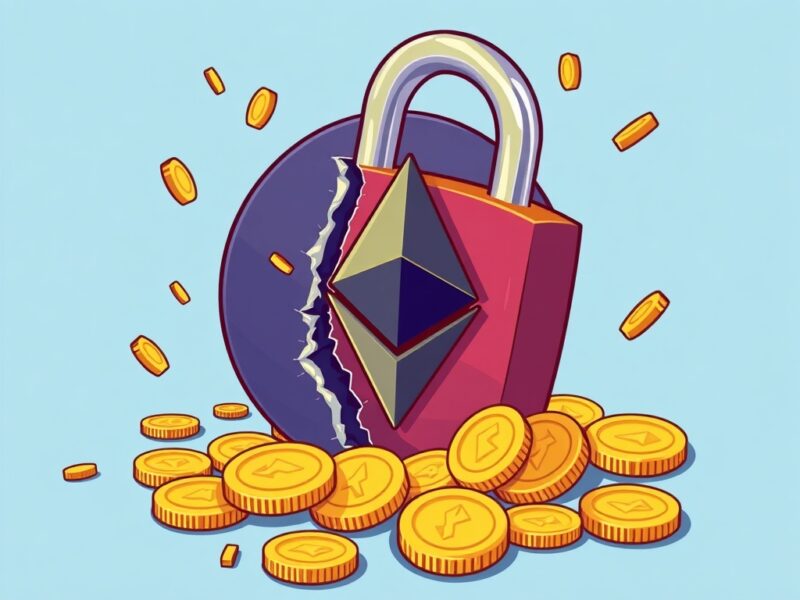A fake email pretending to be from Rep. Moolenaar was sent to U.S. agencies during key China trade talks
Right before trade talks between the U.S. and China kicked off in Sweden last July, a fake email shook things up in D.C. Staff working on the House committee dealing with U.S. competition with China started getting weird questions.
The confusion started after law firms, lobby groups, and U.S. agencies got an email that looked like it came from Rep. John Moolenaar. It asked for ideas on sanctions that lawmakers might use against Beijing. The problem is, Moolenaar never sent it.
The email was totally bogus. But it landed at a tense moment, right as the Trump team was gearing up for another round of dead-end negotiations with China.
According to the Journal, staffers couldn’t figure out who was behind the fake message, but the timing made everyone nervous. Someone clearly wanted to throw sand in the gears just as the U.S. and China tried, yet again, to fix their mess.
Li Chenggang visits but dodges top U.S. officials
While the fake Moolenaar email was bouncing around Washington, China was doing its own quiet thing. Li Chenggang, a top official under Vice Premier He Lifeng, flew into D.C. at the end of August. But his trip wasn’t set up by the White House. It wasn’t even cleared with top-level folks.
He didn’t meet Treasury Secretary Scott Bessent or Trade Rep. Jamieson Greer. Instead, he met with lower-ranking people at the Treasury, Commerce Department, and USTR.
“The meetings were not productive,” one person close to the talks said. Li stuck to China’s usual script, cut the tariffs, and lift export bans on U.S. tech. But he didn’t offer anything new. The visit didn’t push negotiations forward. It showed that Xi Jinping was sticking to a playbook: stay in the room, keep the optics good, but give up nothing.
Xi’s message was clear. China wants to look like the adult in the room without actually giving up anything. That same week, Xi was seen with leaders from India, Russia, North Korea, and others. The optics? A big show of global friendship that stood in sharp contrast to Trump’s “America First” playbook.
Trade war stuck over soybeans, fentanyl, and tariffs
Inside the talks, the same fights dragged on. China demanded that the U.S. remove its tariffs. Beijing wanted the ban lifted on American tech exports. Li repeated those points during his D.C. visit but didn’t back them up with real offers.
The fentanyl fight also got worse. Washington asked China to stop the flow of chemicals used in the drug’s production. But according to people involved, Beijing said no. They want the U.S. to first remove the 20% tariffs on China’s goods, which were slapped on because of China’s alleged role in the fentanyl trade.
And Agriculture was another war zone. Trump had told China to buy more American soybeans, but so far, Beijing hadn’t moved. U.S. officials claimed that China had been shrinking its orders for the past 18 months. They pulled meat-processing certificates, turned to other countries for grain, and stocked up early to avoid buying during the U.S. harvest season.
With the harvest just weeks away, American farmers were on edge. No big soybean orders had come in. Everyone feared China would skip U.S. crops completely.
Back on August 22, China’s ambassador to the U.S., Xie Feng, let it rip at a soybean industry event. He said America’s protectionism was “casting a shadow over China-U.S. agricultural cooperation.” That line landed hard. It wasn’t just about soybeans. It was about the whole trade mess.
Yet despite all the shouting, the two countries agreed on one small thing; they would keep current tariffs in place through early November. That meant no new penalties, no new relief. They also agreed to relax export controls on a few specific products, like rare-earth magnets from China and select U.S. tech items.
Then came a TV moment. Treasury Secretary Bessent told Fox News, “We’re very happy” with where things stood. “I think right now the status quo is working pretty well,” he added, referring to tariffs on China.
Don’t just read crypto news. Understand it. Subscribe to our newsletter. It's free.
You May Also Like

USDC first qualified as collateral for US futures, Coinbase joins hands with CFTC to promote its implementation

A whale bought 1501 ETH at an average price of $2530 5 hours ago
